Residential & Commercial Security Systems
LiveSmart Knows Security Products
LiveSmart offers the latest in motion detection, keyless door locks, door and window sensors, remote and controlled access, controllable perimeter lighting, advanced video surveillance systems and much more to keep your home or business safe, repel intruders and provide you with peace of mind.
CAMERAS
The cameras are the hardware portion of your system and act as the sensors or “eyes”. There are several different varieties and form factors – each with its own purpose and pros/cons.

STORAGE
Camera footage can either be stored locally “on premises”, on a cloud server or both. There are pros/cons to each option.

ANALYTICS
Searching for the footage you need can be complex and time-consuming. The latest systems feature Artificial Intelligence (AI) to vastly simplify and speed up this process.

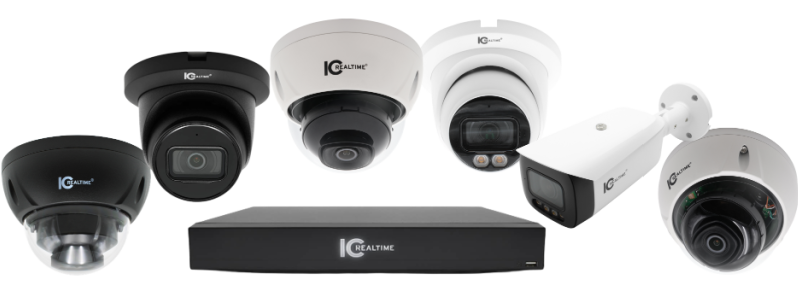
Your own “self monitoring” capability ━
The most useful and effective system you can install in your home or business.
These very powerful cameras and recorders help to (a) deter attacks on your property, (b) allow you to see your building and surrounding area in “real time” and (c) play back recordings from as recently a few minutes ago to last month.
The quality of the images is amazing and systems range from simple to high capability to include pan/tilt/zoom with artificial intelligence (AI) to allow smart searching of say, “all footage with a red truck”. There are packages for every need and budget.
This is a rough estimation tool for budgetary planning. For an exact estimate, LiveSmart will be happy to meet with you to discuss your personal situation.
(Includes installation. Does not include tax)
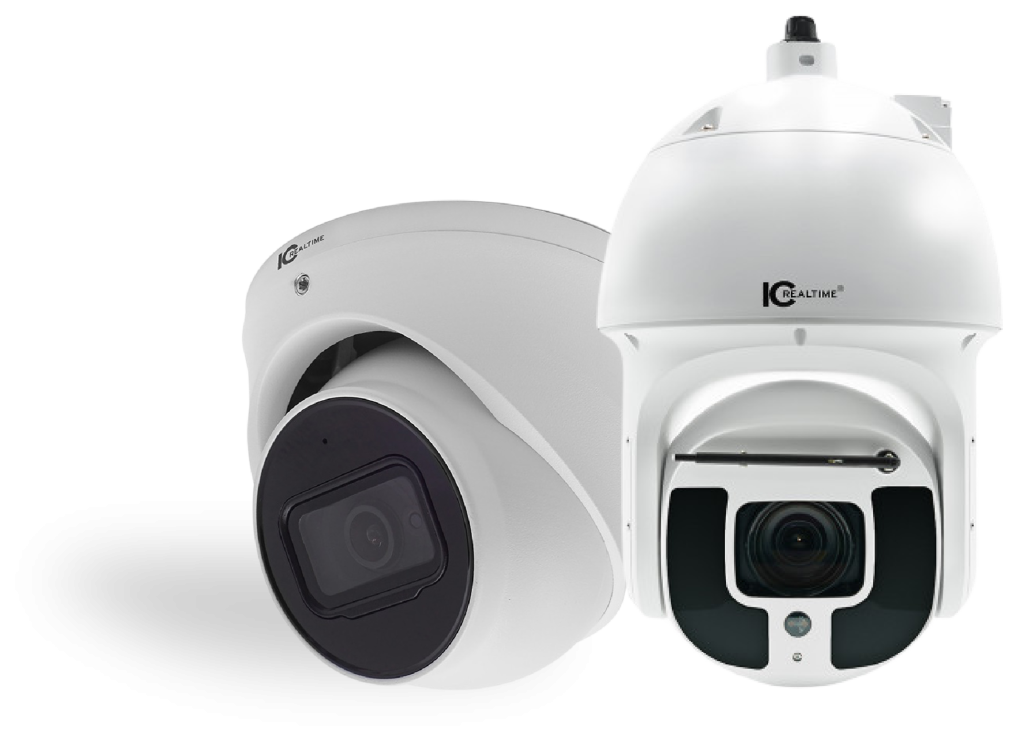
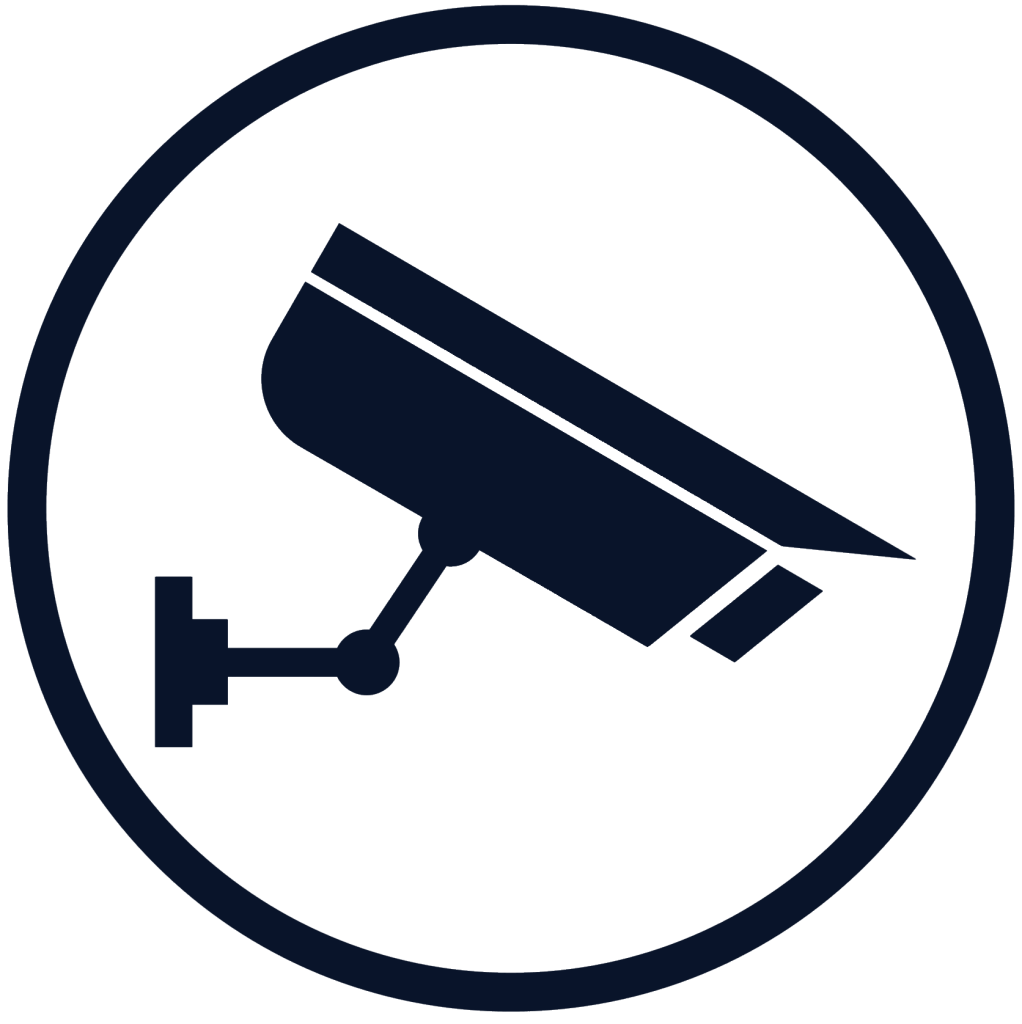
BULLET
A bullet camera is a surveillance camera that has a cylindrical shape that resembles a bullet. They can range in size from your typical mall camera down to a much smaller version that is only a couple of inches long. These smaller versions are called lipstick cameras. Bullet cameras can be mounted virtually anywhere. Conventional bullet cameras are powerful and come in all types of resolutions. Also available in fixed vs. varifocal lenses which can change the zoom level. Bullets are generally “higher profile” and serve as a good deterrent to alert would-be prowlers of your video surveillance system. While typically easier to install than domes, they also can be tampered with more easily because moving them physically moves the lens and the image.

DOME/TURRET
Dome cameras get their name from their dome-shaped structure. These security cameras are designed to withstand all elements, both inside and outside. Their construction allows for the camera to work even in low-light or no-light settings due to the built-in infrared LEDs. Dome cameras get their name from their dome-shaped structure. These security cameras are designed to withstand all elements, both inside and outside. Their construction allows for the camera to work even in low-light or no-light settings due to the built-in infrared LEDs. Its dome makes it suitable for places where you don’t want people to be able to tell where the camera is facing. On the other hand, turret cameras have a stronger night vision and a lack of a dome which makes them suited to places where you want to have as much clarity as possible.
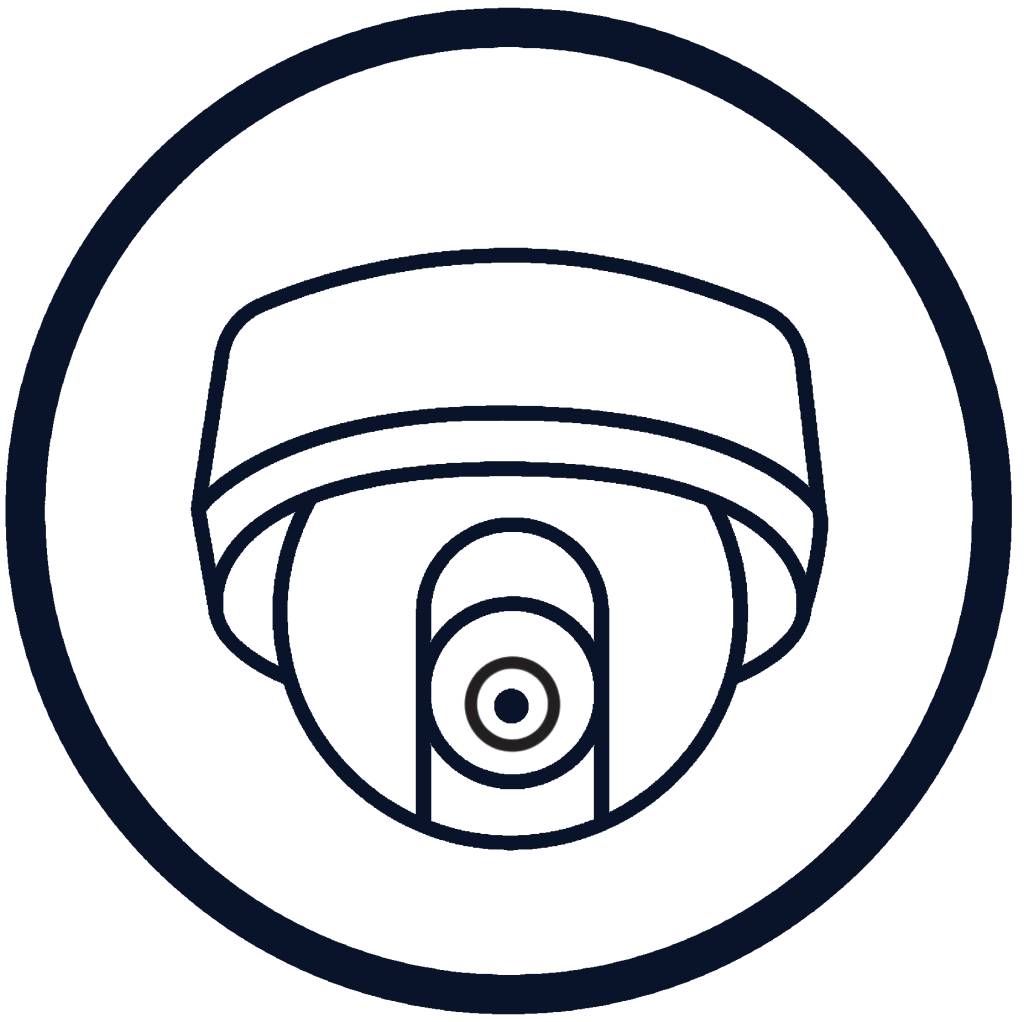
PAN/TILT/ZOOM (PTZ)
Pan/Tilt/Zoom (PTZ) cameras are able to “move” left/right as well as up/down and can also zoom in/out on a particular area of interest.
Bullet cameras can be mounted virtually anywhere. Conventional bullet cameras are powerful and come in all types of resolutions. They are generally “higher profile” and serve as a good deterrent to alert would-be prowlers of your video surveillance system.
A bullet camera is a surveillance camera that has a cylindrical shape that resembles a bullet.
They can range in size from your typical mall camera down to a much smaller version that is only a couple of inches long. These smaller versions are called lipstick cameras. Bullet cameras can be mounted virtually anywhere. Conventional bullet cameras are powerful and come in all types of resolutions. While typically easier to install than domes, they also can be tampered with more easily because moving them physically moves the lens and the image.
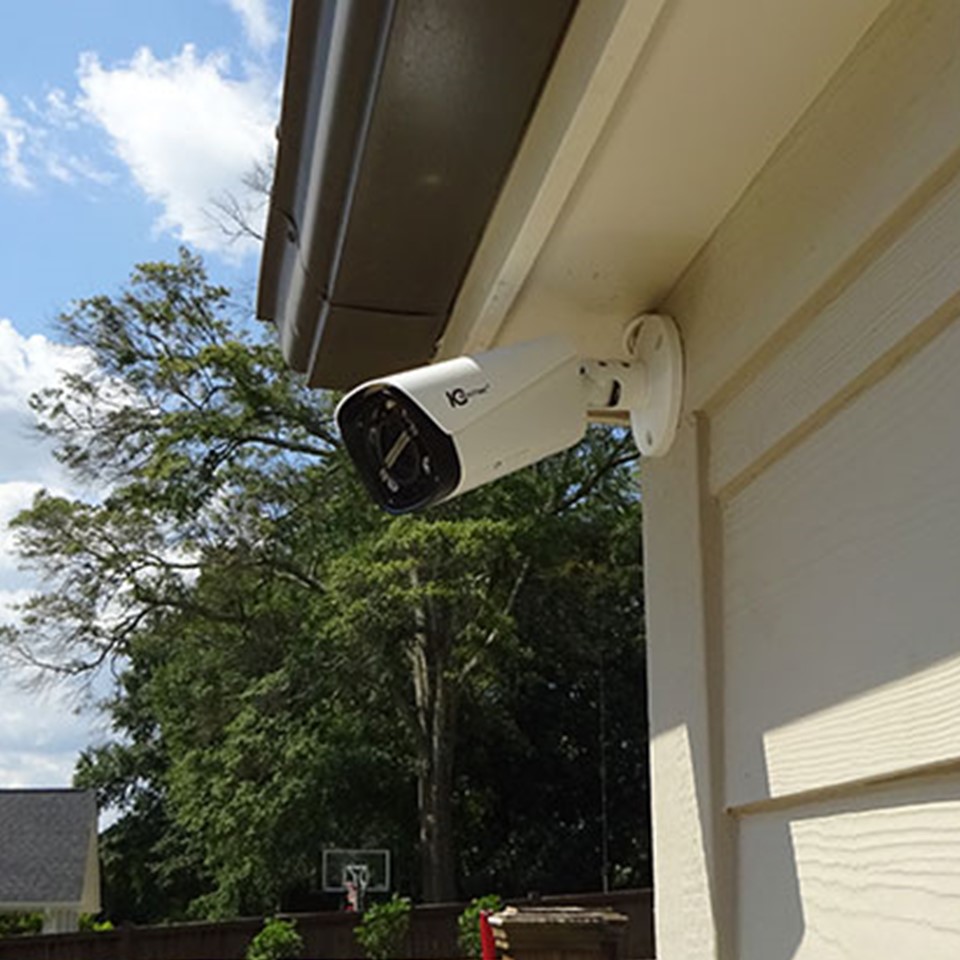

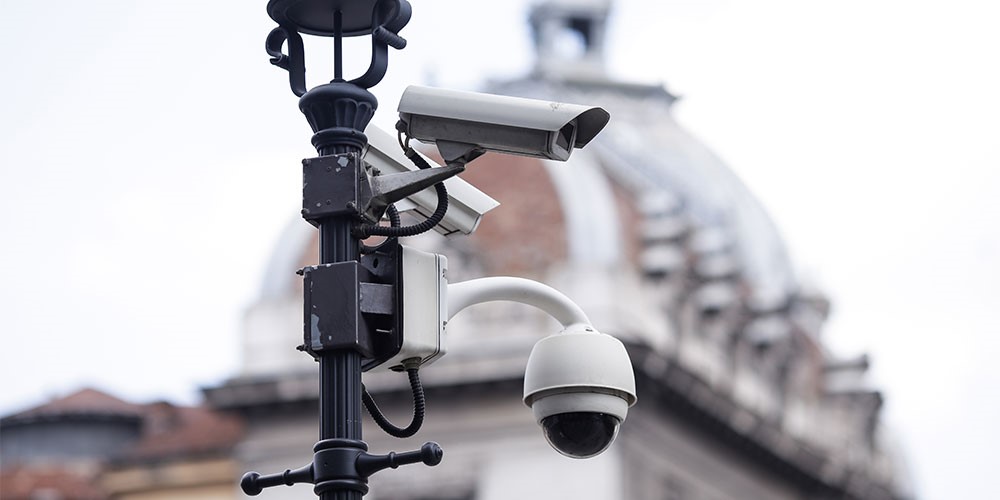
Key to any video surveillance system is the storage and retrieval of footage.
The conventional way for this has been to use a Networked Video Recorder (NVR) which is similar to a DVR (Digital Video Recorder) but with a “networking” component. Meaning the NVR and the cameras form a network in the home/business and then connect to the Internet through the router. This is what allows for remote viewing on PC/Mac computers and mobile devices such as iPhone, iPads and Androids.
The actual footage is stored “locally” inside the NVR on a hard drive.
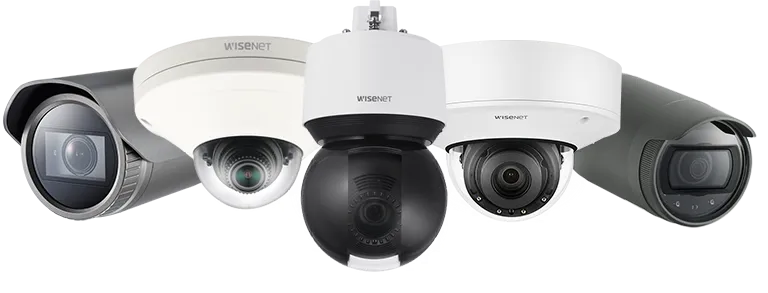
How much storage is available depends on (a) the size of the hard drive, (b) how many cameras there are, (c) the resolution of the cameras and (d) the type of “events” the software has been programmed to capture. For example, each camera can be set up to record only when triggered by motion or full 24/7 recording which will store footage on everything that camera sees all day/night.
Alternatively, cloud-based systems store the footage on a computer off-premises or “in the cloud” which is a fancy way of saying a hard drive somewhere else. The main advantage of this type of system is to eliminate the need of the NVR. However, now all footage needs to pass through the home/business router to this other computer. So you need really good Internet to support this. There will also likely be a subscription cost (monthly or annually) for this service.

Because so much camera footage can be recorded (either to the NVR or in the cloud), searching for the “incident” can be time consuming. So intelligent algorithms are utilized to perform this “smart searching”. A few examples are:
…and more. A simple example would be “show me all the footage of a red sedan between the hours of 2:00-4:00pm”. Another would be “show me the moment that the briefcase was no longer in the lobby chair”.
This can dramatically decrease the search times and speed up the actions needed to deal with whatever the incident was. Certainly Artificial Intelligence (AI) is helping to make this faster and more accurate all the time.

LiveSmart Technologies was founded by Gary Russell, a systems engineer and program manager executive with 40 years of experience developing solutions to complex technological challenges. Such is the case with modern home automation and its multiple protocols, brands and software. LiveSmart is proud to bring this capability to California.
California State Contractor’s License #1100854
Copyright LiveSmart Technologies.